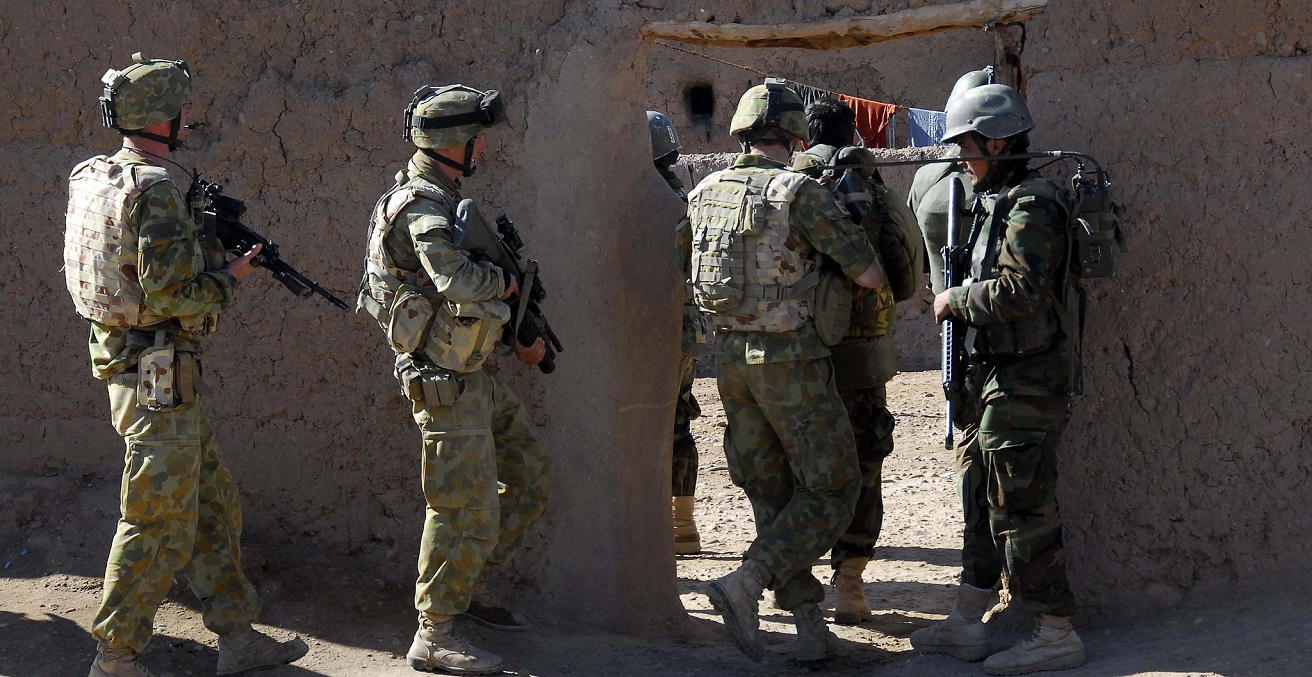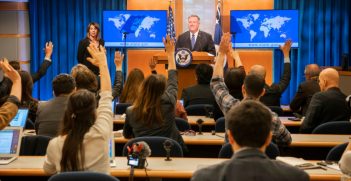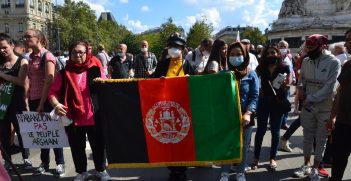Civilian Hatred in the Armed Forces

Contempt for civilians among armed forces personnel is a predictable by-product of the “civil-military gap” that tends to open in liberal democratic countries. This may contribute to the perpetration of war crimes and civilian victimisation abroad.
The release of the Brereton Report two weeks ago shocked the moral conscience of the Australian public. How could Australian soldiers do these things? A number of explanations have already been floated. Some emphasise perverse incentives, arguing the problem was that rewards were allocated to individual soldiers based on the number of kills they amassed. Others emphasise the lack of oversight.
Former SAS troop commander and federal Liberal MP Andrew Hastie has speculated that “with greater access for the Australian media, some of the events alleged by the Brereton report might never have happened.” For his part, the Chief of Defence Force has emphasised a poisonous “warrior culture” defined by secrecy, pathological loyalty, and hyper-masculinity. All of these factors are part of the explanation, no doubt, but there has got to be more to the story.
Elsewhere I have called attention to the moral damage inflicted on recruits in the course of ordinary military conditioning. Combat training is geared towards making people more comfortable with killing, so that they can do it repeatedly and efficiently, without thinking too much or feeling too deeply. One of its aims is to enable recruits to use lethal violence without suffering emotional distress. But a morally decent person would experience distress in these circumstances. The upshot is that military conditioning is, by its very nature, morally damaging, or corrosive of virtue. It aims to make people less good in one respect, so that they can participate in the horrors of war without being too horrified by them to continue.
What this suggests is that military socialisation plays a role in creating the kinds of people that are capable of victimising civilians and perpetrating atrocities. This should come as no surprise. But moral damage is likely just the tip of the iceberg in this connection.
Wherever there is a professional standing army, the military and the civilian worlds will tend to drift apart and develop conflicting sets of values, ideologies, and attitudes. Journalist Arthur Hadley once called this “The Great Divorce.” Sociologists today usually call it the “civil-military gap.” It tends to be especially pronounced in liberal democratic societies since, as Richard Kohn observes, “the military is among the least democratic institutions in human experience; martial customs and procedures clash by nature with individual freedom and liberty.”
Hence in France, the values upheld by the military—sacrifice, patriotism, civic duty, order, and discipline—are ranked least important by the civilian population, who value human rights, justice, and individual freedom above all else. In South Africa, military officers are much more likely than civilians to insist that traditionalism, love of country, and comradeship be taught in schools. In Germany, the self-conceptions of military personnel are intimately bound up with their nation state, while civilians are more cosmopolitan; they identify as member of the world community (or Europe at least). There is equally compelling evidence of a cultural gap between civilians and military in the Anglosphere.
The cultural gap tends to give rise to what we might call “warrior-class consciousness.” This is where soldiers come to think of themselves as a distinct caste within society. The danger is that, over time, the feeling of being separate can mutate into feelings of alienation, contempt, and even hostility toward the civilian “other.”
American journalist Thomas Ricks found evidence of this amongst US Marines in the 1990s. At the time, he described it as their “private loathing for public America.” Even after a relatively short period of time in the service, Ricks noticed that Marines started looking at old non-military friends and colleagues with a certain disdain, to the point of avoiding social encounters with them as much as possible. According to Ricks, what makes public America so despicable in the eyes of the Marines is the values it upholds: individualism, hedonism, and consumerism. These are not only different from the Marine corps’ values of unity, self-discipline, and sacrifice, they are contradictory. Retired US Admiral Stanley Arthur has suggested that the Marines are hardly alone here: “more and more, enlisted [men and women] as well as officers are beginning to feel that they are special, better than the society they serve.” Carl Forsling recently coined the term “veteran superiority complex” to describe this phenomenon.
These feelings of superiority are by no means confined to the American military professional. Hew Strachan finds much the same among the British armed forces. Its members are said to see civilians “as mentally soft and physically feeble, and as expecting the armed forces to incorporate personnel policies wholly inappropriate to fighting formations.” This expectation breeds resentment. Not only are civilians seen as having detestable values, they are accused of interfering with the military and endangering its members by trying to impose those values on the armed forces.
This warrior class consciousness helps to explain the countless historical examples of military personnel preying on the very civilians that they were supposed to protect. In Chile, under Augusto Pinochet’s military dictatorship, thousands of locals were tortured, executed, and “disappeared.” In Argentina, up to 30,000 people are estimated to have been killed or tortured by the military junta that came to power in 1976. The targets were natives suspected of having left-wing views. This included not only militants and guerrillas, but also many young students, trade unionists, writers, journalists, artists, and even a couple of nuns. Pregnant women were apparently spared, until they gave birth. Then they were killed and their children given over to childless military families. The Indonesian military, with the help of vigilantes, is estimated to have killed at least half a million of its own citizens in the space of a year or so, between 1965 and 1966.
In all of these cases, the victims belonged to the same national or political collective as the military personnel that persecuted them. They were not racially or ethnically other, but they were culturally and ideologically other, and this was enough to silence the moral emotions that might otherwise have inhibited interpersonal cruelty.
The atrocities alleged in the Brereton report indicate that, in the eyes of some of Australia’s SAS operators, Afghan civilians had been well and truly “dehumanised” after a decade of conflict. It is natural to assume that these people were only dehumanised because they were Afghan civilians—members of a foreign nation speaking a different language and praying to a different God. But it may have had just as much to do with the fact that they were Afghan civilians. The cultural gap that tends to open in societies with professional armed forces will usually bring with it a more generalised disdain for the civilian “other.” The role that this plays in the abuse of civilians by military personnel, both at home and abroad, deserves more attention than it is currently receiving.
Ned Dobos is Senior Lecturer in Ethics at UNSW Canberra. His book Ethics, Security, and the War Machine: The True Cost of the Military, which this essay draws on, is now available from Oxford University Press. Ned has held visiting fellowships at the Oxford Uehiro Centre for Practical Ethics, the MacMillan Centre for International Studies at Yale, the McCoy Centre for Ethics at Stanford, and the philosophy department at Georgetown University. He specialises in the morality of war and political violence and is an associate director of the International Society for Military Ethics, Asia-Pacific Chapter.
This article is published under a Creative Commons Licence and may be republished with attribution.





